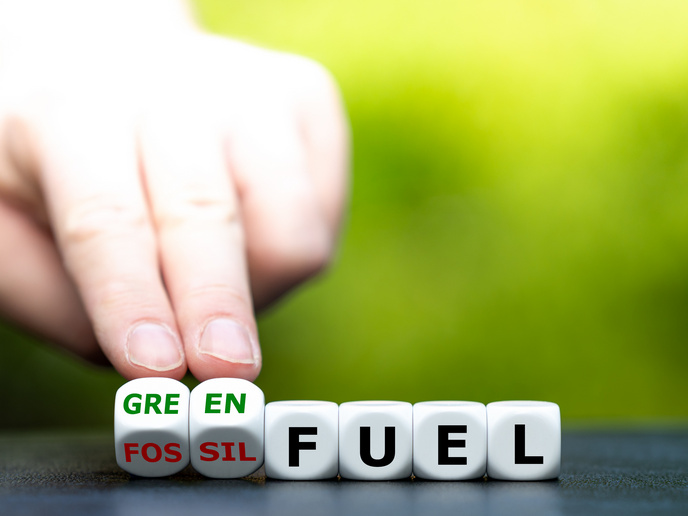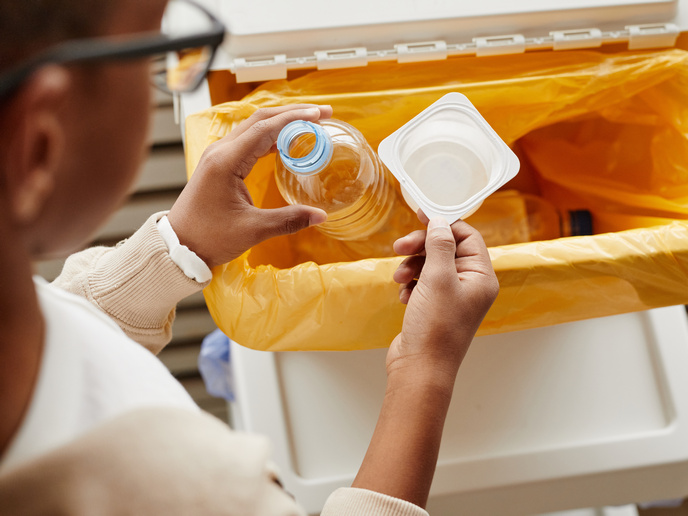Innovative separation fluid technology eases the shift of multilayered packaging to the circular economy
Flexible multilayer materials have become invaluable for packaging applications owing to their low weight, ability to conserve materials and exceptional barrier properties. Germany-based company saperatec(opens in new window) aims to provide businesses with a technology that ensures these widely used flexible materials receive appropriate end-of-life treatment. Specialising in the development of innovative recycling solutions, this company set out to change the narrative that multilayered packaging symbolises environmental pollution and corporate irresponsibility. “saperatec’s unique approach involves extracting almost all individual materials from multilayered packaging, producing high-quality secondary raw materials,” notes Sebastian Kernbaum, founder and managing director at saperatec. “Our distinctive separation liquid technology delaminates the composite material into its individual components, reintroducing these components back into raw material cycles.”
Scaling recycling technology from pilot to industrial scale
The EU-funded FlexPack2Circle project was established to industrialise saperatec’s technology, transitioning it from a pilot scale into an industrial scale operation capable of processing thousands of tonnes. By 2023, saperatec had successfully established a recycling facility in Dessau-Rosslau, Germany. FlexPack2Circle started in December 2018 with a pilot line. Progressing steadily, hundreds of kilogrammes of low-density polyethylene(opens in new window) (LDPE) recyclate and aluminium were produced from various input materials, including aluminium barrier laminates and used beverage cartons. “Initially, the plant was designed to recycle post-industrial waste scrap from aluminium barrier laminates. However, saperatec expanded the scope to include post-consumer used beverage carton waste streams,” underlines Kernbaum. The materials produced were evaluated by partner companies and proved to be of high quality. The obtained LDPE recyclate (called Saperalen) was reused for manufacturing new detergent packaging, demonstrating saperatec’s true circularity approach. The LDPE and the aluminium produced (called SaperAl) was showcased at the K2019 and K2022 trade shows(opens in new window). The latter is characterised by a high metal content and quality, making it suitable for advanced aluminium applications.
Delving into the key steps of composite waste recovery
“saperatec’s process utilises highly specialised fluid separation technology. The fluid interacts with the interfaces of the layered structure, reducing the bonding forces between the layers and causing them to separate,” emphasises Kernbaum. Specifically, saperatec’s process for recovering saleable products from composite waste involves five stages. The process begins with crushing, where the material size is reduced to maximise the contact surface for the separation liquid and simplify subsequent material handling. The heart of the process lies in the use of saperatec’s proprietary separation liquid. The liquid is used to stir and heat the shredded composite material, until the individual fractions (products) are completely separated. Next comes washing, where the products are first screened out, and the separation liquid is reconditioned. The products are then cleansed from chemical adhesions using washing water, which is subsequently reconditioned. The clean products are then sorted using conventional procedures (e.g. float-and-sink methods and sifting) resulting in separate products. The final stage is drying, which may be accompanied by additional follow-up treatments if necessary, ensuring the products are ready for sale. “saperatec technology offers significant environmental and economic advantages. It prevents flexible packaging and beverage carton waste from being incinerated or dumped in landfills, recovers high-quality secondary raw materials, saves energy and reduces CO2 emissions,” highlights Kernbaum. “Compared to alternatives such as dissolution technology or chemical recycling, saperatec’s process is more efficient, avoiding lengthy movements within the material value chain.”







